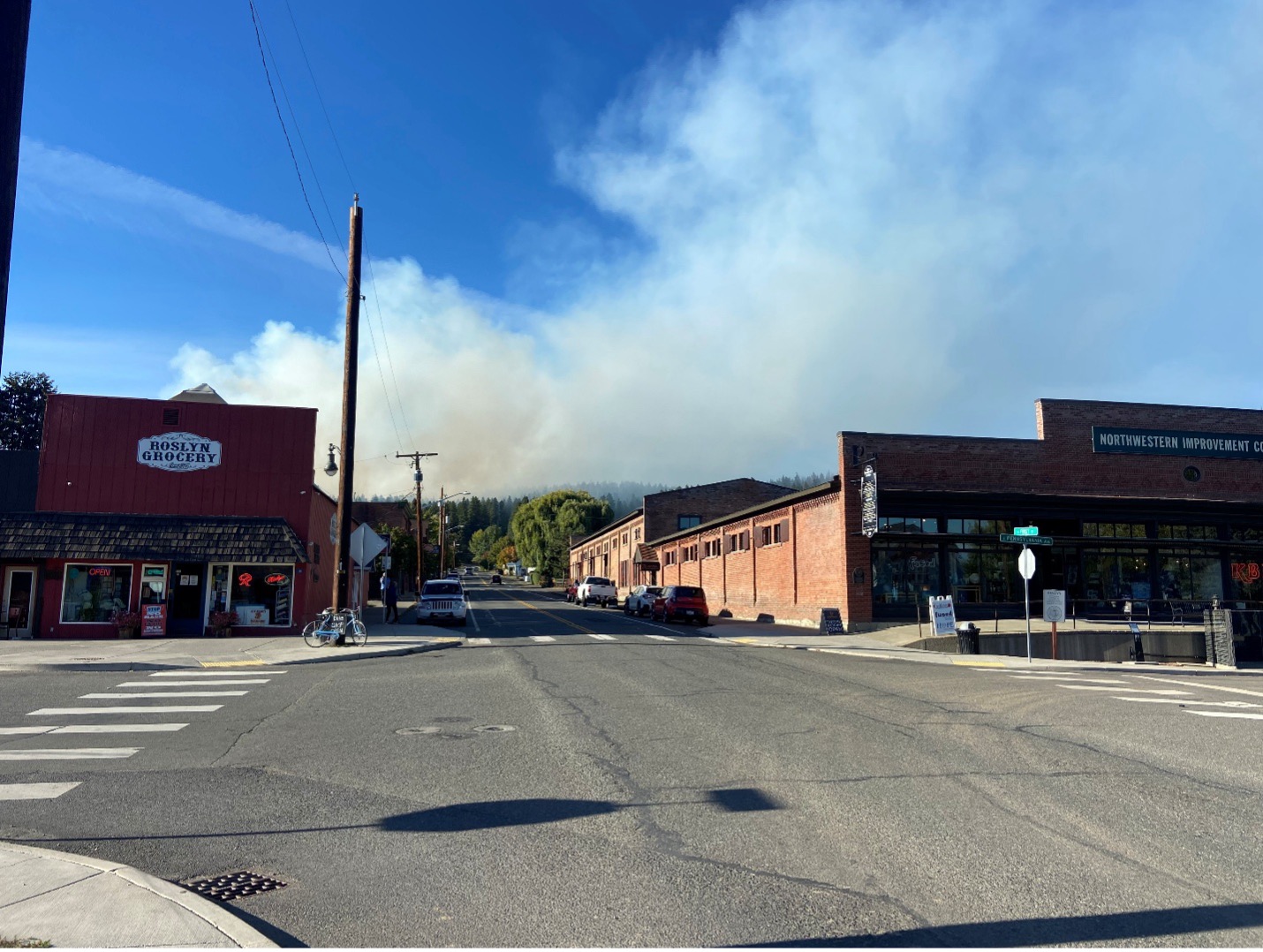Insurance claims and clean-up after a wildfire can be a daunting and overwhelming process for those affected. A wildfire is a natural disaster that can cause significant damage to homes, properties, and personal belongings. As a result, insurance claims are necessary to help individuals and families recover from this devastation.
- After a wildfire, homeowners may need to file an insurance claim for damages caused by the fire.
- Insurance companies will send adjusters to assess the extent of the damage and determine coverage for clean-up and repairs.
- It is important for homeowners to document all damages and provide evidence to support their claim.
- Depending on the insurance policy, clean-up and restoration costs may be covered, including debris removal, smoke damage, and rebuilding structures.
- It is crucial for homeowners to understand their insurance coverage and to communicate with their insurance company throughout the clean-up process to ensure timely and accurate compensation for the damages.
For more resources on insurance, including our Insurance Learning Series from 2024/2025, see the Understanding Insurance Toolkit.
INSURANCE CLAIMS & CLEAN-UP
LEARNING SERIES
English
Spanish
Facilitation and Training Resources
- Use the sample agenda to provide a framework for community discussions. The resources listed can be used to develop content for presentations, increase understanding of the subject, and shared with event participants.
- Enter information unique to your place into the presentation. General talking points and presenter notes are provided for each topic.
- Incorporate the videos into presentations and share them with event participants.
The sample agenda and presentation templates are available in English and Spanish.
Please feel free to download, use, and adapt the resources to fit your needs.




